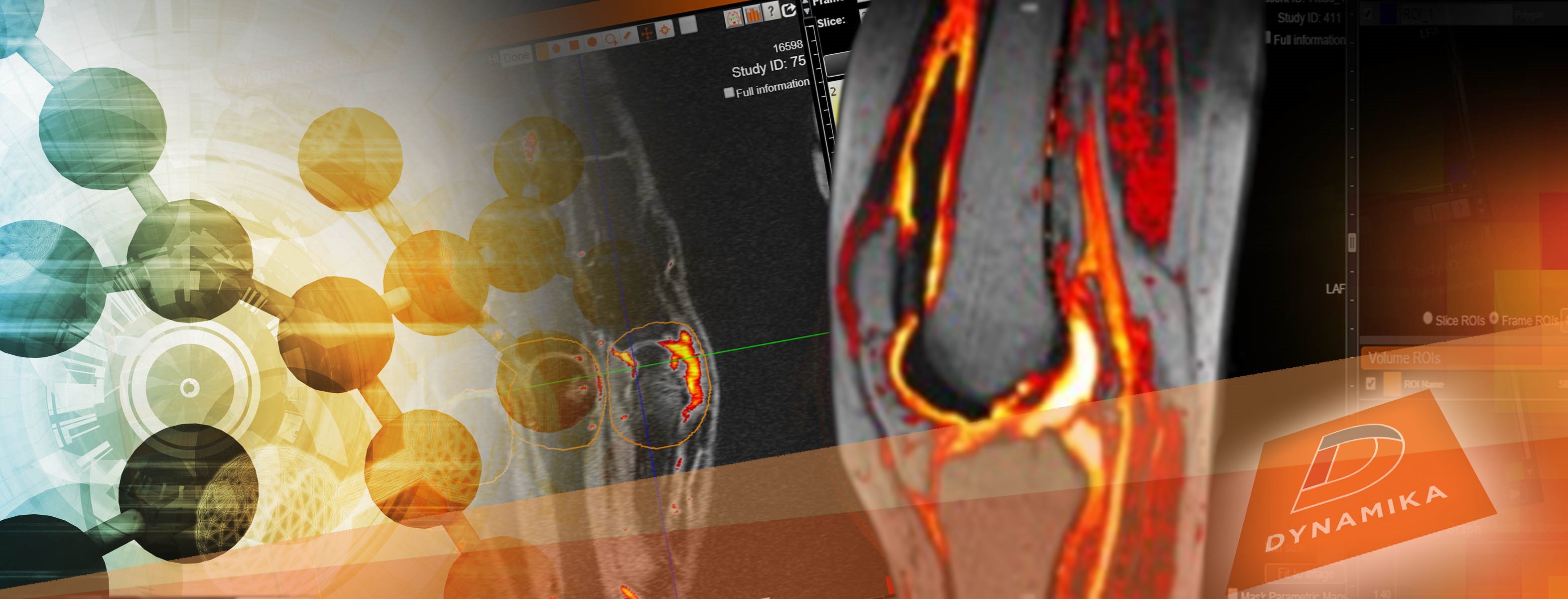Abstract
In suspected and diagnosed rheumatoid arthritis (RA), magnetic resonance imaging (MRI) allows detection of all relevant pathologies, such as synovitis, tenosynovitis, bone marrow edema (osteitis), bone erosion and cartilage damage. MRI is more sensitive than clinical examination for monitoring disease activity (i.e., inflammation) and more sensitive than conventional radiography and ultrasonography for monitoring joint destruction. In suspected RA, MRI bone marrow edema predicts development of RA, and in early RA patients, it predicts subsequent structural damage progression. CT is the standard reference imaging modality for visualizing bone damage, including bone erosions in RA, but lacks sensitivity for soft-tissue changes, including synovitis and tenosynovitis. CT has a minimal role in RA clinical trials and practice, except in selected patients where MRI is contraindicated or not available or if crystal arthritis such as gout or pseudo-gout is suspected. MRI has documented utility in diagnosis, monitoring and prognostication of patients with RA and is increasingly used for these purposes in clinical practice and particularly clinical trials.


